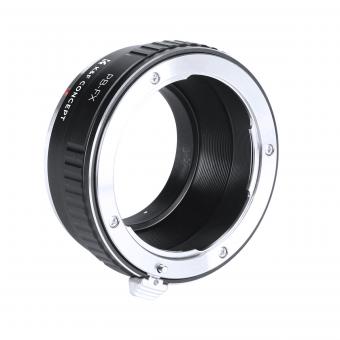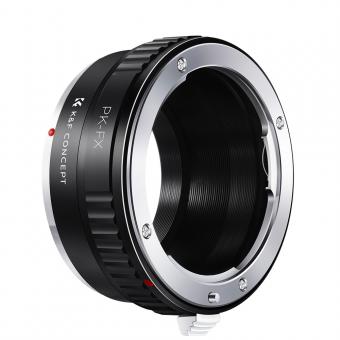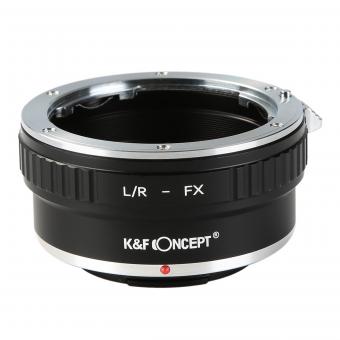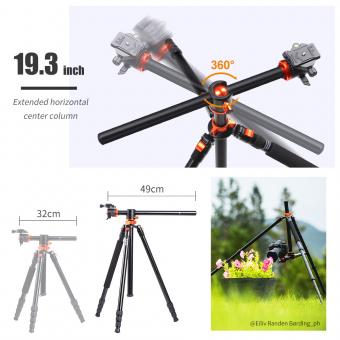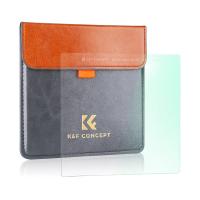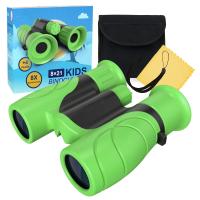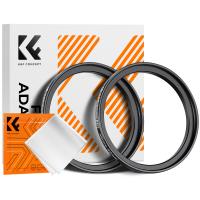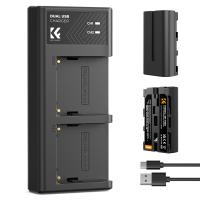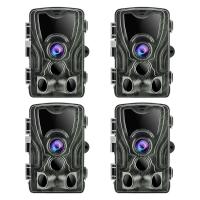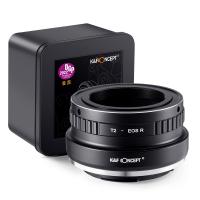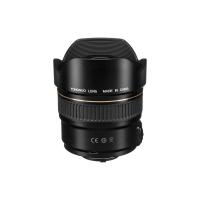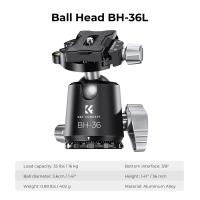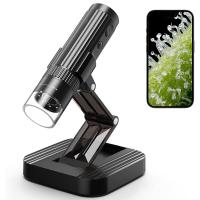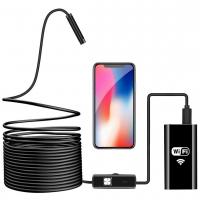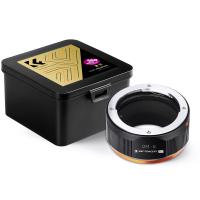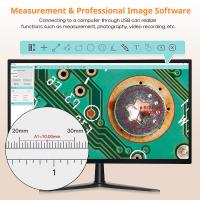How To Buy Lens For Camera ?
To buy a lens for a camera, you can follow these steps:
1. Determine the type of lens you need: Consider the focal length, aperture, and lens mount compatibility based on your photography needs and camera model.
2. Research and compare: Read reviews, check specifications, and compare prices of different lenses from various brands to find the one that suits your requirements and budget.
3. Purchase from a reputable source: Buy from authorized dealers or trusted online retailers to ensure authenticity and warranty coverage.
4. Consider used or refurbished options: If budget is a concern, you can explore buying used or refurbished lenses from reliable sellers or camera stores.
5. Check compatibility: Ensure that the lens you choose is compatible with your camera's lens mount. Different camera brands have different lens mounts, so make sure they are compatible.
6. Make the purchase: Once you have made your decision, proceed with the purchase either online or in-store, following the seller's instructions.
Remember to take good care of your lens and protect it with lens caps and filters to maintain its quality and longevity.
1、 Types of camera lenses and their functions
Types of camera lenses and their functions:
Camera lenses are an essential part of any photographer's toolkit. They allow you to capture images with different perspectives, focal lengths, and effects. Here are some common types of camera lenses and their functions:
1. Prime lenses: These lenses have a fixed focal length and do not zoom. They are known for their sharpness and wide aperture, making them ideal for low-light photography and creating a shallow depth of field. Prime lenses are often favored by portrait and street photographers.
2. Zoom lenses: Unlike prime lenses, zoom lenses offer a variable focal length, allowing you to zoom in and out. They are versatile and suitable for various photography genres, including landscapes, wildlife, and sports. Zoom lenses come in different ranges, such as wide-angle, standard, and telephoto.
3. Wide-angle lenses: These lenses have a shorter focal length, capturing a wider field of view. They are great for landscape and architectural photography, as they can emphasize the vastness of a scene and create a sense of depth.
4. Telephoto lenses: Telephoto lenses have a longer focal length, allowing you to zoom in on distant subjects. They are commonly used in wildlife, sports, and portrait photography, as they can isolate the subject and create a compressed perspective.
5. Macro lenses: Macro lenses are designed for close-up photography, capturing intricate details of small subjects like flowers, insects, or jewelry. They offer a high magnification ratio and excellent sharpness.
When buying a lens for your camera, consider factors such as your photography style, budget, and camera compatibility. Research different brands and models, read reviews, and compare prices to make an informed decision. Additionally, it's worth exploring the latest advancements in lens technology, such as image stabilization, faster autofocus, and improved optical quality, to ensure you invest in a lens that meets your current and future needs.
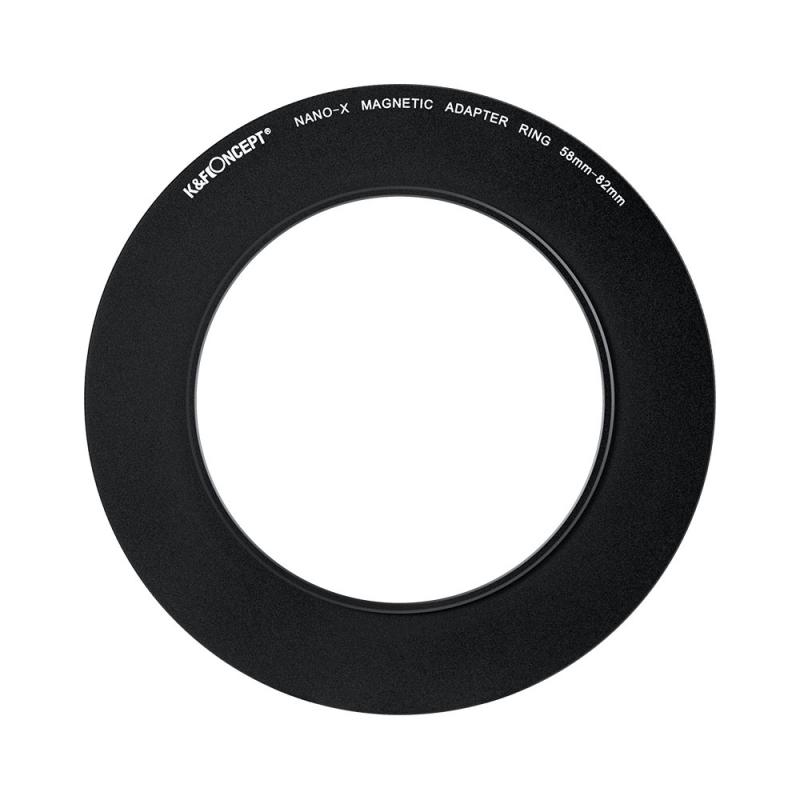
2、 Factors to consider when buying a camera lens
Factors to consider when buying a camera lens:
1. Compatibility: Ensure that the lens you are considering is compatible with your camera model. Different camera brands have their own lens mounts, so it is important to choose a lens that fits your camera.
2. Focal Length: Determine the focal length you need based on the type of photography you plan to do. Wide-angle lenses are ideal for landscapes and architecture, while telephoto lenses are great for wildlife and sports photography. A versatile zoom lens can cover a range of focal lengths.
3. Aperture: Consider the maximum aperture of the lens. A wider aperture (lower f-number) allows more light to enter the lens, enabling better low-light performance and the ability to achieve a shallow depth of field for blurred backgrounds.
4. Image Stabilization: If you shoot in low light or handheld frequently, consider a lens with built-in image stabilization. This feature helps reduce camera shake and allows for sharper images.
5. Lens Quality: Look for lenses with high-quality optics to ensure sharpness, minimal distortion, and accurate color reproduction. Consider reading reviews and checking sample images to assess the lens's performance.
6. Budget: Determine your budget and prioritize the features that are most important to you. Keep in mind that lens prices can vary significantly, so it's essential to find a balance between quality and affordability.
7. Future Needs: Consider your future photography goals. Investing in a lens system that offers a wide range of compatible lenses can be beneficial in the long run, as it allows for versatility and expansion of your gear.
In conclusion, when buying a camera lens, it is crucial to consider compatibility, focal length, aperture, image stabilization, lens quality, budget, and future needs. Additionally, staying updated with the latest advancements in lens technology can help you make an informed decision.
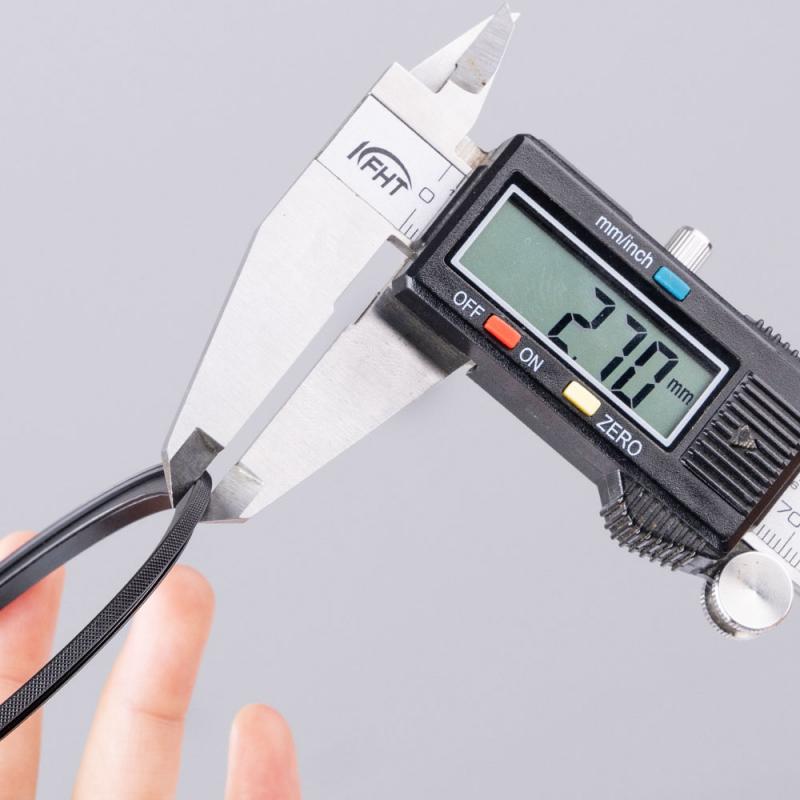
3、 Understanding lens specifications and terminology
Understanding lens specifications and terminology is crucial when buying a lens for your camera. With the rapid advancements in technology, it's important to stay up-to-date with the latest information. Here's a guide to help you navigate the process:
1. Focal Length: This is the most important specification to consider. It determines the lens's angle of view and magnification. Wide-angle lenses have shorter focal lengths, while telephoto lenses have longer focal lengths. Consider your photography needs to choose the right focal length.
2. Aperture: The aperture determines the lens's light-gathering ability and depth of field control. A lower f-number (e.g., f/1.8) indicates a wider aperture, allowing more light and shallower depth of field. This is important for low-light photography and creating a blurred background effect.
3. Image Stabilization: Many lenses now come with built-in image stabilization, which reduces camera shake and allows for sharper images. This feature is particularly useful in telephoto lenses or when shooting in low light conditions.
4. Lens Mount: Ensure that the lens you choose is compatible with your camera's lens mount. Different camera brands have their own lens mounts, so it's essential to check compatibility before purchasing.
5. Lens Construction: Consider the build quality and materials used in the lens construction. Look for lenses with high-quality glass elements and durable construction to ensure longevity.
6. Reviews and Recommendations: Before making a purchase, read reviews and seek recommendations from trusted sources. Online forums and photography communities can provide valuable insights and real-world experiences.
Remember, technology is constantly evolving, so it's important to stay informed about the latest advancements in lens technology. Keep an eye out for new features and improvements that may enhance your photography experience.
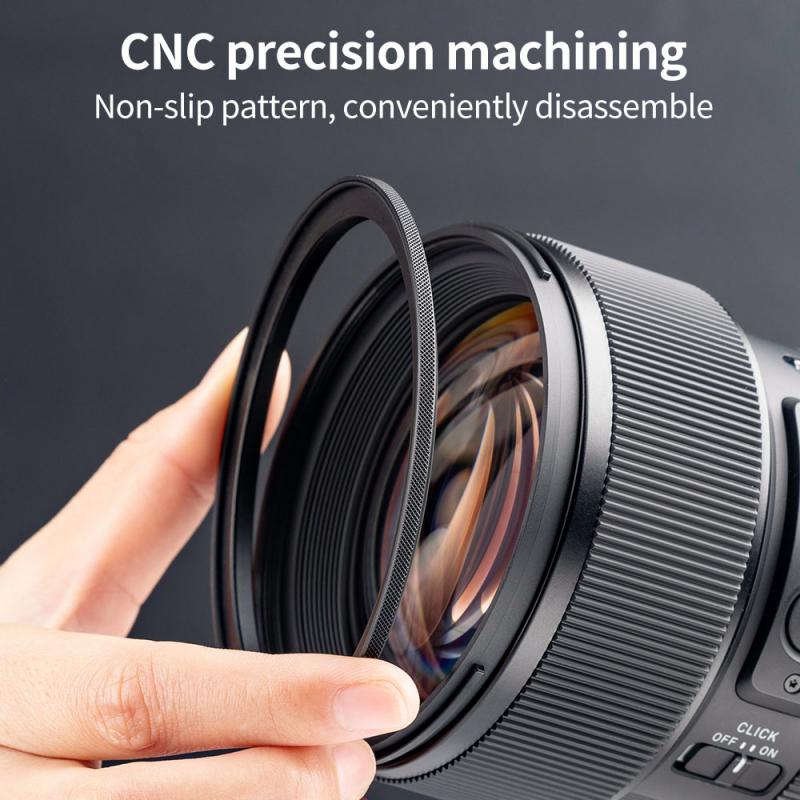
4、 Popular lens brands and their offerings
Popular lens brands and their offerings
When it comes to buying a lens for your camera, there are several popular brands that offer a wide range of options to suit different photography needs. Here are some of the top lens brands and their offerings:
1. Canon: Canon is known for its extensive lens lineup, catering to both professional and amateur photographers. They offer a variety of lenses for different purposes, including wide-angle, telephoto, macro, and prime lenses. Canon's latest lens offerings include the RF series lenses for their mirrorless cameras, which provide excellent image quality and advanced features.
2. Nikon: Nikon is another renowned brand that offers a diverse range of lenses. They have lenses for various genres of photography, such as landscape, portrait, and wildlife. Nikon's latest Z series lenses for their mirrorless cameras have gained popularity for their sharpness and versatility.
3. Sony: Sony has made a significant impact in the camera industry with its mirrorless cameras and lenses. Their E-mount lenses are highly regarded for their exceptional image quality and compact size. Sony offers a wide selection of lenses, including zoom, prime, and telephoto options.
4. Sigma: Sigma is a third-party lens manufacturer that produces lenses compatible with various camera brands. They are known for their high-quality lenses at competitive prices. Sigma offers a range of lenses, including their popular Art series, which are highly regarded for their sharpness and optical performance.
5. Tamron: Tamron is another reputable third-party lens manufacturer that offers lenses for different camera brands. They provide a variety of lenses, including zoom, macro, and telephoto options. Tamron lenses are known for their affordability and good image quality.
When buying a lens, it's essential to consider factors such as focal length, aperture, image stabilization, and compatibility with your camera. Additionally, researching and reading reviews can help you make an informed decision based on your specific photography needs and budget.



